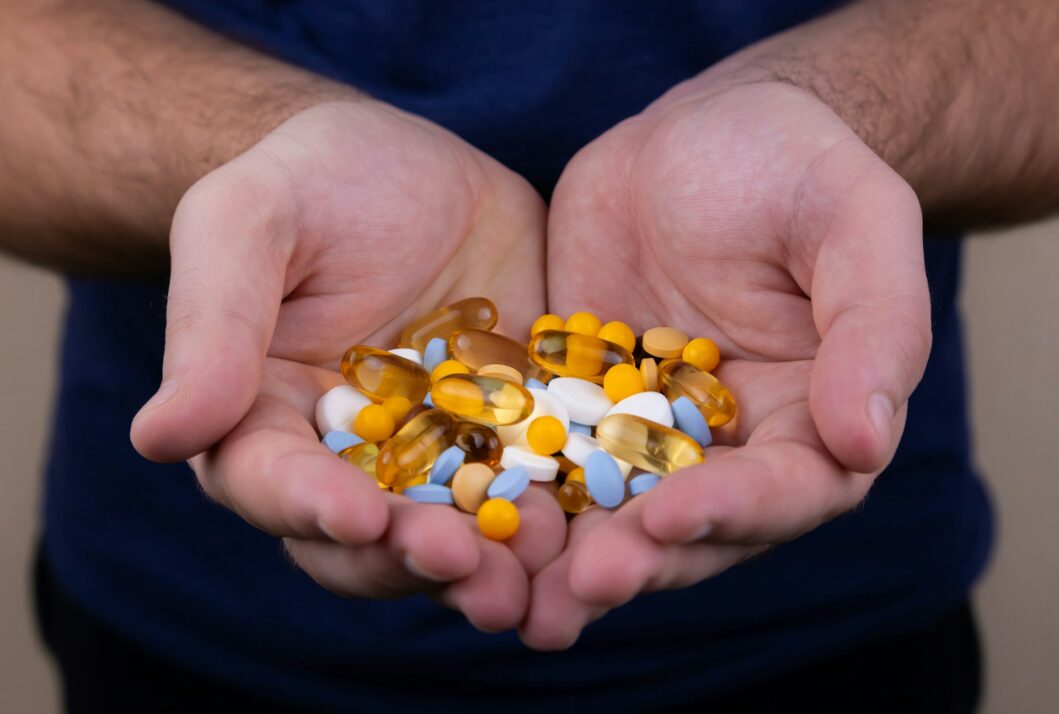Drug abuse among students in the United States is a critical issue that affects not only the health and well-being of the young population but also the future of the nation. This blog aims to shed light on the prevalence, types, causes, and prevention strategies related to drug abuse in U.S. schools, with a focus on various age groups.
Prevalence of Drug Abuse in U.S. Schools
Drug abuse in schools is a widespread problem that spans across all age groups. According to the National Institute on Drug Abuse (NIDA), substance use often begins during adolescence, with significant increases in drug use seen between the ages of 12 and 18.
- Middle School (Ages 11-14): The onset of drug experimentation often starts in middle school. Commonly abused substances include alcohol, tobacco, and marijuana.
- High School (Ages 15-18): Drug use increases during high school years. Apart from alcohol, tobacco, and marijuana, students often abuse prescription drugs, synthetic cannabinoids, and inhalants.
Types of Drugs Commonly Abused in Schools
- Alcohol:
- Prevalence: Alcohol is the most commonly abused substance among teenagers.
- Risks: Early alcohol use is linked to higher chances of developing alcohol dependence later in life.
- Marijuana:
- Prevalence: Marijuana is the most commonly used illicit drug among adolescents.
- Risks: Regular use can affect brain development, impacting memory, learning, and behavior.
- Prescription Drugs:
- Types: Painkillers (opioids), stimulants (for ADHD), and depressants (for anxiety and sleep disorders).
- Risks: Misuse can lead to addiction, overdose, and severe health issues.
- E-cigarettes and Vaping Products:
- Prevalence: The use of e-cigarettes has surged among middle and high school students.
- Risks: Vaping products often contain nicotine, leading to addiction and potential harm to brain development.
- Inhalants:
- Prevalence: Inhalants are commonly abused by younger adolescents.
- Risks: Inhalants can cause sudden death, organ damage, and long-term cognitive impairment.
Causes of Drug Abuse Among Students
Several factors contribute to drug abuse in schools:
- Peer Pressure: Adolescents are highly influenced by their peers, often trying drugs to fit in or gain social acceptance.
- Stress and Mental Health Issues: Academic pressure, family problems, and mental health disorders can lead students to use drugs as a coping mechanism.
- Curiosity and Experimentation: The desire to experience new sensations and the misconception that trying drugs is harmless can lead to experimentation.
- Accessibility: Easy access to drugs, whether through family members, friends, or online sources, increases the likelihood of abuse.
Consequences of Drug Abuse
The impact of drug abuse on students can be severe and long-lasting:
- Health Risks: Immediate health risks include overdose, poisoning, and accidents. Long-term use can lead to chronic health conditions, mental health disorders, and addiction.
- Academic Performance: Drug abuse is associated with poor academic performance, increased absenteeism, and higher dropout rates.
- Social and Legal Issues: Students who abuse drugs are more likely to engage in risky behaviors, face disciplinary actions, and encounter legal problems.
Prevention and Intervention Strategies
Addressing drug abuse in schools requires a comprehensive approach:
- Education: Implementing drug education programs that provide accurate information about the risks and consequences of drug use.
- Parental Involvement: Encouraging parents to engage in open conversations with their children about drug use and set clear expectations and consequences.
- School Policies: Establishing and enforcing strict school policies regarding drug use and possession.
- Counseling and Support Services: Providing access to counseling and support services for students struggling with substance use or mental health issues.
- Community Programs: Collaborating with community organizations to create supportive environments and alternative activities for students.
Conclusion
Drug abuse in U.S. schools is a significant issue that demands the attention of educators, parents, and policymakers. By understanding the prevalence, types, and causes of drug abuse, and implementing effective prevention and intervention strategies, we can work towards creating a safer and healthier environment for our students.
For more information on drug abuse in schools, please refer to these resources:
- [National Institute on Drug Abuse (NIDA)](https://www.drugabuse.gov/)
- [Centers for Disease Control and Prevention (CDC)](https://www.cdc.gov/)
- [Substance Abuse and Mental Health Services Administration (SAMHSA)](https://www.samhsa.gov/)
ExperTox Laboratory is dedicated to promoting public health through education and research on substance abuse and addiction.
References:
- National Institute on Drug Abuse. (2021). Monitoring the Future Survey: High School and Youth Trends. Retrieved from [NIDA](https://www.drugabuse.gov/drug-topics/trends-statistics/monitoring-future).
- Centers for Disease Control and Prevention. (2020). Youth Risk Behavior Surveillance – United States. Retrieved from [CDC](https://www.cdc.gov/healthyyouth/data/yrbs/index.htm).
- Substance Abuse and Mental Health Services Administration. (2020). Preventing Prescription Drug Misuse: Programs and Strategies. Retrieved from [SAMHSA](https://www.samhsa.gov/prevention).
This blog is for educational purposes only. Always seek professional advice and support regarding substance use and abuse.
ExperTox
1430 Center St
Deer Park, TX 77536
+1 (281) 476-4600

